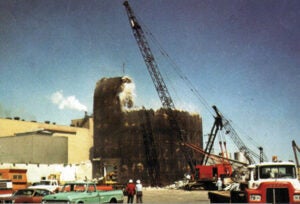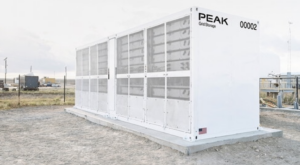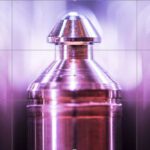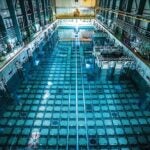Nuclear reprocessing technology has advanced significantly in the 80 years since aqueous technologies were developed near the end of World War II, thanks to innovation from the private sector in the U.S.
Having taken up the challenge of developing a proliferation-resistant, efficient, and profitable way to recycle used nuclear fuel, American companies like Curio are effectively addressing problems related to the back-end of the civilian nuclear fuel cycle.
COMMENTARY
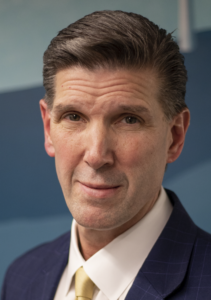
In addition to addressing some of the issues related to the long-term (10,000 years) storage of radioactive materials, these advanced technologies will produce radioisotopes that are necessary for national security, as well as commercial and medical purposes for which there are insufficient domestic sources.

One of the primary concerns about reprocessing has been its use in the separation of plutonium from used commercial nuclear reactor fuel, since Plutonium-239 (Pu-239) can be used to build nuclear weapons.
The technology that Curio is developing, known as NuCycle (Figure 1), has been designed to never separate Pu-239 from other highly radioactive elements and thus has built safeguards against its use in weapons. If Pu-239 is contaminated with other highly radioactive elements, then it cannot effectively be used as a nuclear weapons component.

Separating the residual uranium from the used fuel, which can then be re-enriched for use in commercial nuclear reactors in large quantities, as well as extracting highly valuable radioisotopes, dramatically reduces the volume of highly radioactive waste products that must be isolated and placed in permanent underground storage. This addresses an important problem that has bedeviled planned permanent nuclear used fuel disposal sites in the U.S. for decades.
One of the other problems with antiquated aqueous reprocessing technologies was the sheer size and scope of the facilities, needing several square miles of space and significant national-scale resources in part to manage the resulting acquiesce-based waste, resulting in very poor economic value. It has been an assumption that the process itself would prevent reprocessing from being commercially viable.

Curio’s non-aqueous process (Figure 2) needs only a fraction of space and resources compared to the legacy technology. In addition, Curio’s business model doesn’t rely just on the separation of uranium from used nuclear fuel. A significant profit center for the company would be the recovery and supply of numerous other key radioisotopes in high demand for both commercial and governmental entities.
Finally, while virtually all reprocessing and recycling globally is being conducted by government-owned entities, Curio is a purely private company with a business plan that aims to be profitable, and will be judged by its performance in the marketplace This is a hallmark of American innovation and Curio is poised to help unlock the full potential of America’s nuclear sector in a secure, environmentally sustainable and economically robust way.
—Edward McGinnis is former Assistant Secretary for Nuclear Energy (Acting) at the U.S. Department of Energy and current president and CEO of Curio, an innovation stack company that is in the process of proving out and commercially deploying its NuCycle recycling technology in combination with development of an advanced Small Modular Reactor (HOPE). Allen Sessoms is an American physicist, diplomat, and academic administrator. His scientific research focused on quarks and related subatomic particles at CERN and Harvard University. Sessoms worked in the State Department for 12 years, rising to the position of deputy ambassador at the Embassy of the United States, Mexico City. He later served as president of Queens College, City University of New York, Delaware State University, and the University of the District of Columbia.



